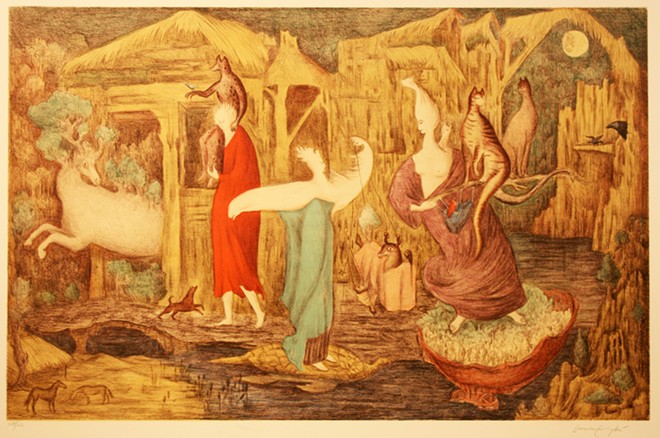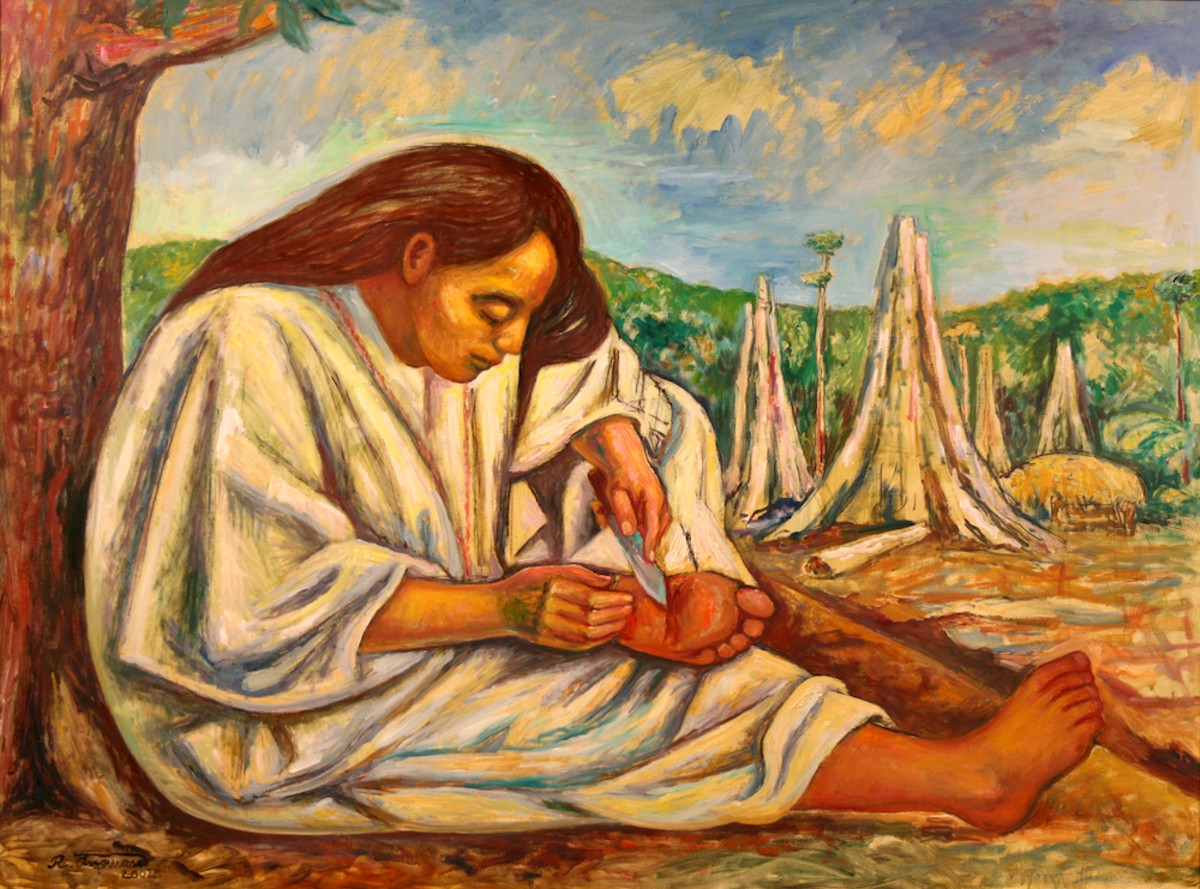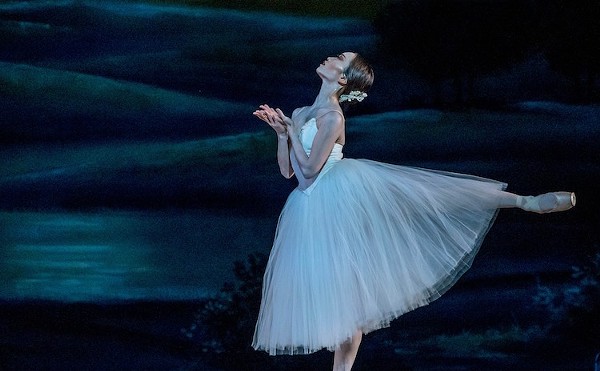We have Mexico to thank for chocolate, tequila, and more than half a year's worth of great shows at the Cornell Fine Arts Museum. After January-to-May's Rococolab from brothers Einar and Jamex de la Torre, our neighbors south of the still-permeable border continue to dominate the Cornell Fine Arts Museum this summer with an unusually good collection of art by some of Mexico's greatest artists.
This show of 20th-century paintings from the Zapanta Collection, dubbed Mexican Modernity by the museum, may lack any abstract work but still conveys a powerful sense of the complex culture of that beautiful country. Researched and catalogued by Mexican-American art scholar Gregorio Luke, the exhibit takes you through the canon of Mexican art, all in one individual's collection.
Luke, a renowned lecturer on Mexican art, attended the show's opening at the Cornell. We asked him to give us a bit of insight into the work. Before our question was even finished, he tucked into the artwork with gusto, grabbing shirtsleeves and maneuvering between patrons to make a point.
"Look at that," he said, gesturing to a Diego Rivera portrait of a child staring at the viewer. "The collector got a rare one here, a single portrait from this great muralist." Brushing aside a tray of hors d'oeuvres, he marched us to the exhibit's signature painting, "La Espina (The Thorn)."
It's a large-ish work, depicting a young woman digging a thorn out of her bare foot. Decapitated tree trunks shimmer whitely in the background. "Raúl Anguiano painted this, see," Luke says. "Up until this artist, the Aztec and Mayan natives were painted as remote, opaque figures, but here he breaks that distance and it's intimate. See, she's vulnerable, and yet strong," he says, pointing to her hands. It's a powerful painting.
The exhibit has a rhythm to it: "Primeros Maestros," "Los Tres Grandes," "Mujeres Artistas," "La Ruptura" and "The Oaxaca School" take up the two large front galleries. Religious iconography, portraits of everyday Mexican people, and some landscapes are all extremely accomplished works and yet have an earthy, almost folkloric vibe. "The Bird Woman" carries a basket with birds on her head, surrounded by a gold background almost like a medieval icon.

Several works by Rufino Tamayo, one of Mexico's greatest artists, are clustered in the Oaxaca School section. "Black Venus" is a powerful female silhouette standing in a doorway, face barely discernible but serious all the same. His "Niña" or girl is also in silhouette, but laughs and holds a toy in bright counterpoint. Tamayo evokes an expansive emotional range out of very sparing use of color and form, and these two leave an impression.
When asked how the collector Zapanta chose the art, Luke shakes his head. "Mexico's not like here in the U.S.," he explains. "Collectors here often buy for showy social status. The art isn't lasting. Mexicans like Dr. Zapanta are much more private about their collection. He got to know all these artists really well before he purchased. He knew what he was doing."
Pressed further for what marks a good collection, Luke erupts,"Technique!" He continues, "These artists are masters at their craft. These artists were not fooling around." Luke says it was Zapanta's passionate pride for his own roots and sense of place that drove him to assemble a significant collection of 20th-century Mexican art, just as it was the artists' pride that drove them to create it.
Going to this show is definitely not fooling around, and it is worth an afternoon to look beyond the media caricatures of Mexico into the hearts and the souls of the people as expressed by their artists.

















